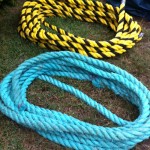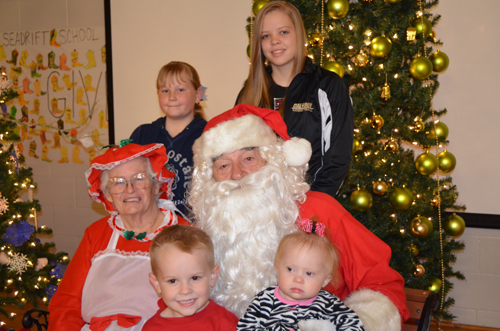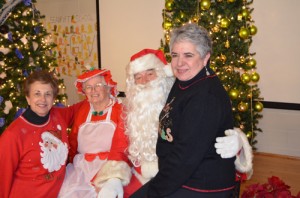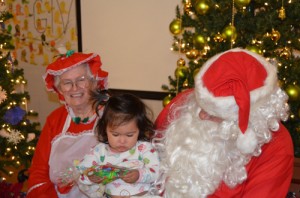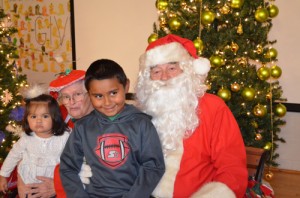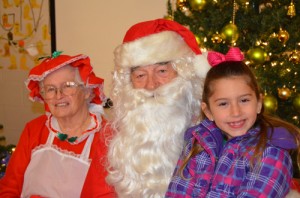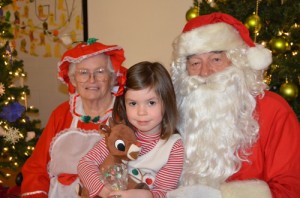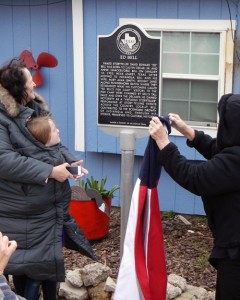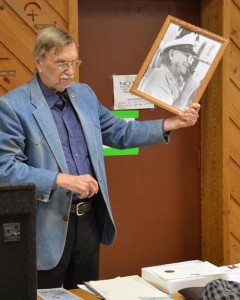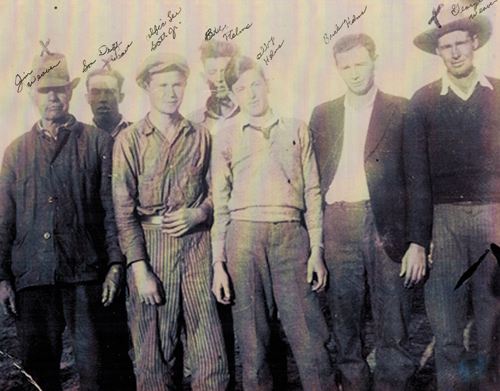Cold Weather and Nice Island Finds
Greetings from the island everyone, hope all of you are doing well and enjoyed a nice Thanksgiving with family and friends. The low tide kept Barnacle and I on the island that day, but I enjoyed a nice meal with island friends Bubba and Kim. The tides came up and allowed us to maneuver through the inlet cut the following day, and Mr. Dog and I enjoyed a visit with Mom.
This time of the year begins a three month period wherein I never know if I’ll be able to get off the island at scheduled times. Either the strong north winds or the extremely low tides that they create often times keep me stranded on the island, which is not a bad thing at all as long as I have enough provisions.
I plan on running in tomorrow, December 13, making 14 days since I’ve been in for supplies. Propane is an invaluable commodity during the winter months out here, providing heat for the stove, water heater and bedroom heater at night, plus the fridge and freezer, meaning I have ensure a supply of filled 5 and 10 gallon bottles all the time. I’m hoping to be able to run in Christmas Eve, but will have to see if the weather cooperates.
The recent nasty and cold weather has kept me mostly in and around the house lately, but I have come across a few nice island finds when able to venture out. The strong north winds have a tendency to blow ashore items that normally would not wash up along the beach and bay shoreline.
I’ve been looking for two of the large red and green channel marker buoys for some time, to bury them near the dunes to mark where my road leads from the house to the beach. At night the dunes all look exactly the same, and recognizing where to turn off the beach and towards the house is difficult.
After the latest hard norther, I was lucky enough to find the buoys I needed down by the jetties, a nice red one and green one. After hauling them to the house and scraping all the barnacles off, I took the post-hole digger and buried them partly in the sand near the dunes on both sides of the road, making it easy to now see where to turn off the beach. Of course being the analistic person I am, the color of each buoy is on the proper side of the road – easy to remember, the 3 R’s – Red on Right when Returning from sea.
A few days ago I also found washed up along the bay shore, a very nice 2” diameter yellow and black rope, about a hundred feet in length. Not a quarter mile further down the shoreline I found another nice long blue colored length of rope. These ropes are nice island finds and are commonly used to decorate around the island houses. They can be stretched out and attached along tops of fences, stairs, decks, just wherever you want to add color and some nautical decoration.
Well that’s it from the island for now, everyone take care and have a wonderful Christmas with family and friends.

